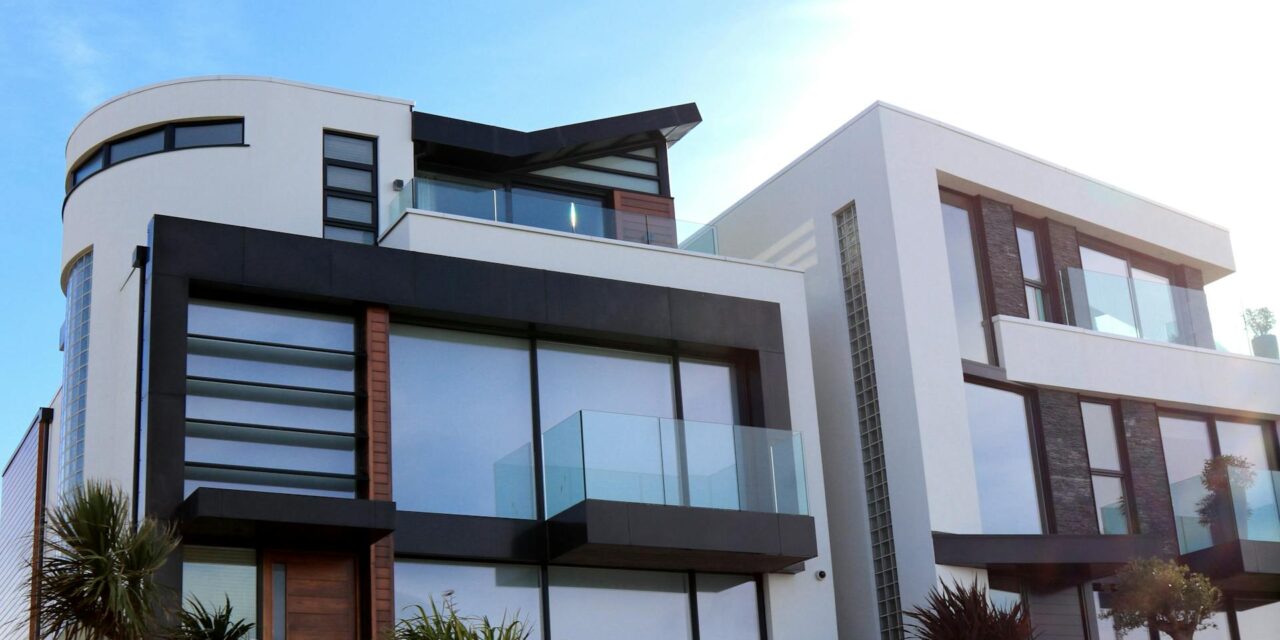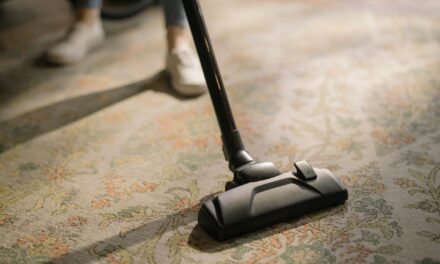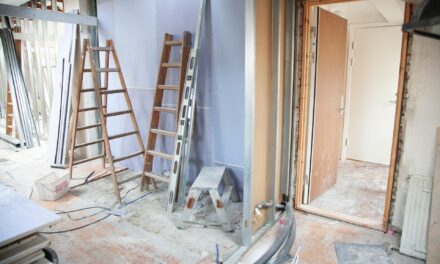Selling a home can be a daunting task. It’s not just about listing it on the market and waiting for the right buyer.
The process involves a lot more. One crucial aspect is home staging.
Home staging is the art of preparing your home for sale. It’s about creating an inviting space that appeals to a wide range of potential buyers.
In this comprehensive guide, we’ll share tips for staging your home to sell quickly. We’ll delve into the latest trends in home decor, real estate, and interior design.
Whether you’re a homeowner looking to sell, a real estate agent, or just interested in home improvement, this guide is for you.

Understanding Home Staging and Its Benefits
Home staging is more than just cleaning and decluttering. It’s about showcasing your home’s best features and potential.
The goal is to make your home appealing to the highest number of potential buyers. This can increase the sale price and reduce the time your home spends on the market.
Home staging involves a variety of techniques. These include rearranging furniture, neutralizing the color palette, and enhancing the lighting.
It’s about creating a space where potential buyers can envision themselves living. A well-staged home can evoke emotions and create a lasting impression.

The Psychology Behind Home Staging
Home staging is rooted in psychology. It’s about understanding how potential buyers think and what they’re looking for in a home.
A well-staged home can trigger positive emotions. It can make a space feel warm, inviting, and comfortable.
This emotional connection can influence a buyer’s decision. It can make your home stand out in a competitive market.
The Impact of Staging on Sale Price and Time on Market
Home staging can have a significant impact on the sale price and time on market. A well-staged home often sells for more than an unstaged one.
This is because staging enhances the perceived value of the home. It highlights the home’s potential and best features.
Moreover, staged homes tend to sell faster. They’re more appealing to buyers, leading to quicker offers and shorter listing periods.
Preparing Your Home for Staging
Before you start staging, it’s crucial to prepare your home. This involves several steps that lay the groundwork for effective staging.
First, you need to declutter your home. This means removing unnecessary items and creating a clean, open space.
Next, you need to ensure your home is clean and well-maintained. This includes fixing any minor repairs and giving your home a thorough cleaning.
You also need to neutralize your space. This involves choosing a neutral color palette that appeals to a wide range of buyers.
Finally, you need to depersonalize your home. This means removing personal items that might distract potential buyers.
- Declutter
- Clean and maintain
- Neutralize
- Depersonalize

Decluttering: The First Step to a Staged Home
Decluttering is the first and most crucial step in home staging. It’s about creating a clean, open space that allows potential buyers to envision their own belongings in the home.
This involves removing unnecessary items and organizing the remaining ones. It’s about creating a sense of space and openness.
Remember, less is more when it comes to staging. A decluttered home is more appealing and allows the home’s features to shine.
The Importance of Cleanliness and Maintenance
Cleanliness and maintenance play a crucial role in home staging. A clean home is more appealing to potential buyers. It shows that the home has been well-cared for.
This includes fixing any minor repairs, such as leaky faucets or chipped paint. These small details can make a big difference in how your home is perceived.
Remember, a well-maintained home can increase the perceived value and appeal of your property.
Neutralizing Your Space with Color
Color plays a significant role in home staging. The right color palette can enhance the appeal of your home.
Neutral colors are often recommended for staging. They appeal to a wide range of buyers and allow them to envision their own decor in the space.
Remember, the goal is to create a blank canvas that potential buyers can personalize. A neutral color palette can help achieve this.
Room-by-Room Home Staging Strategies
Staging your home involves more than just decluttering and cleaning. It’s about showcasing each room’s potential and making it appealing to potential buyers.
This involves creating a focal point in each room. This could be a fireplace in the living room or a large window in the bedroom.
You also need to consider furniture placement. The right arrangement can enhance the space and flow of the room.
Remember, each room should have a clear purpose. This helps potential buyers envision how they can use the space.
- Create a focal point
- Consider furniture placement
- Define the room’s purpose
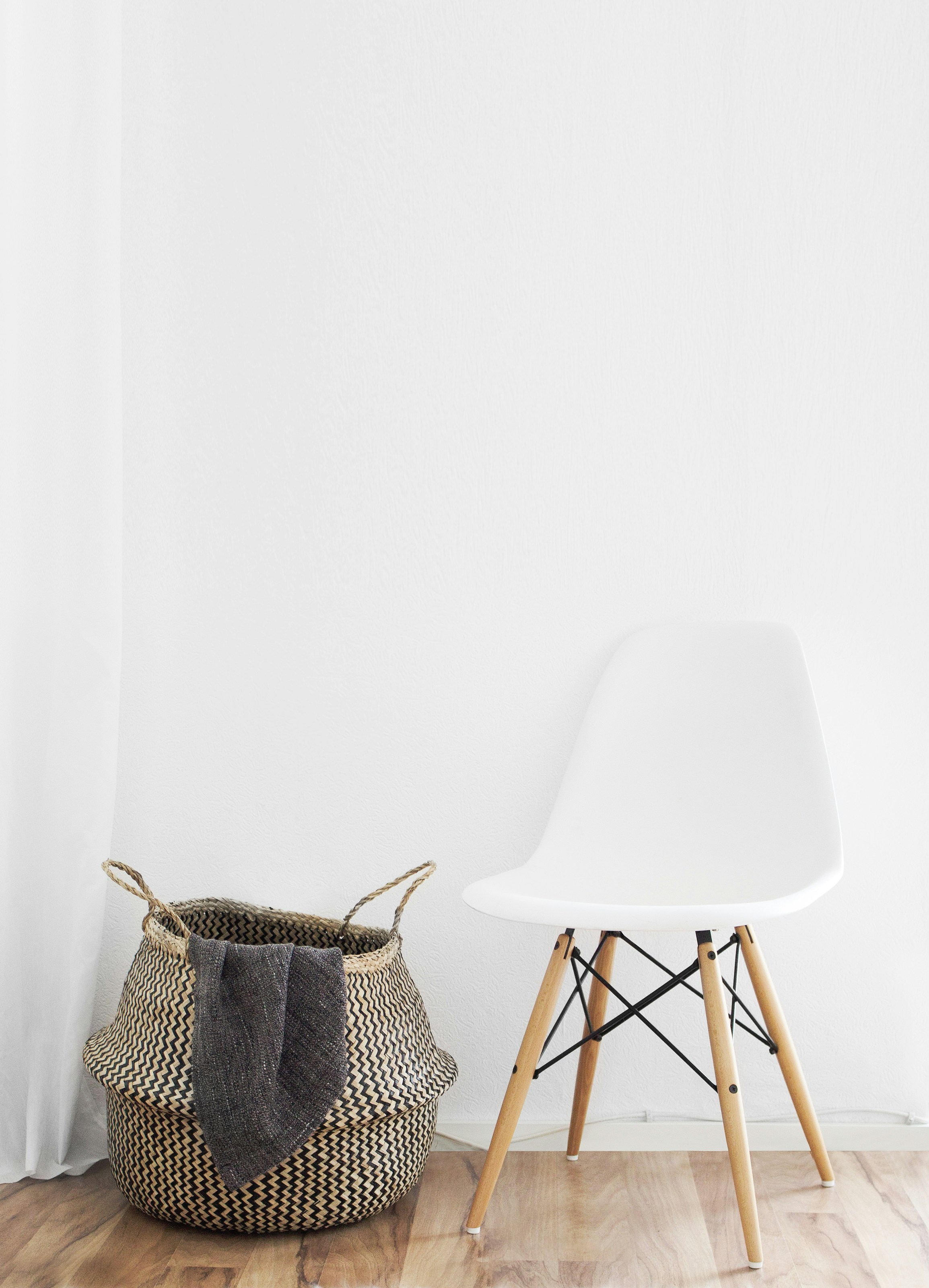
Living Room Staging Tips
The living room is often the first room potential buyers see. It’s crucial to make a good first impression.
Start by arranging the furniture to create a welcoming and comfortable space. This includes creating a conversation area and ensuring there’s a clear path for traffic.
Remember, a well-staged living room can set the tone for the rest of the home.
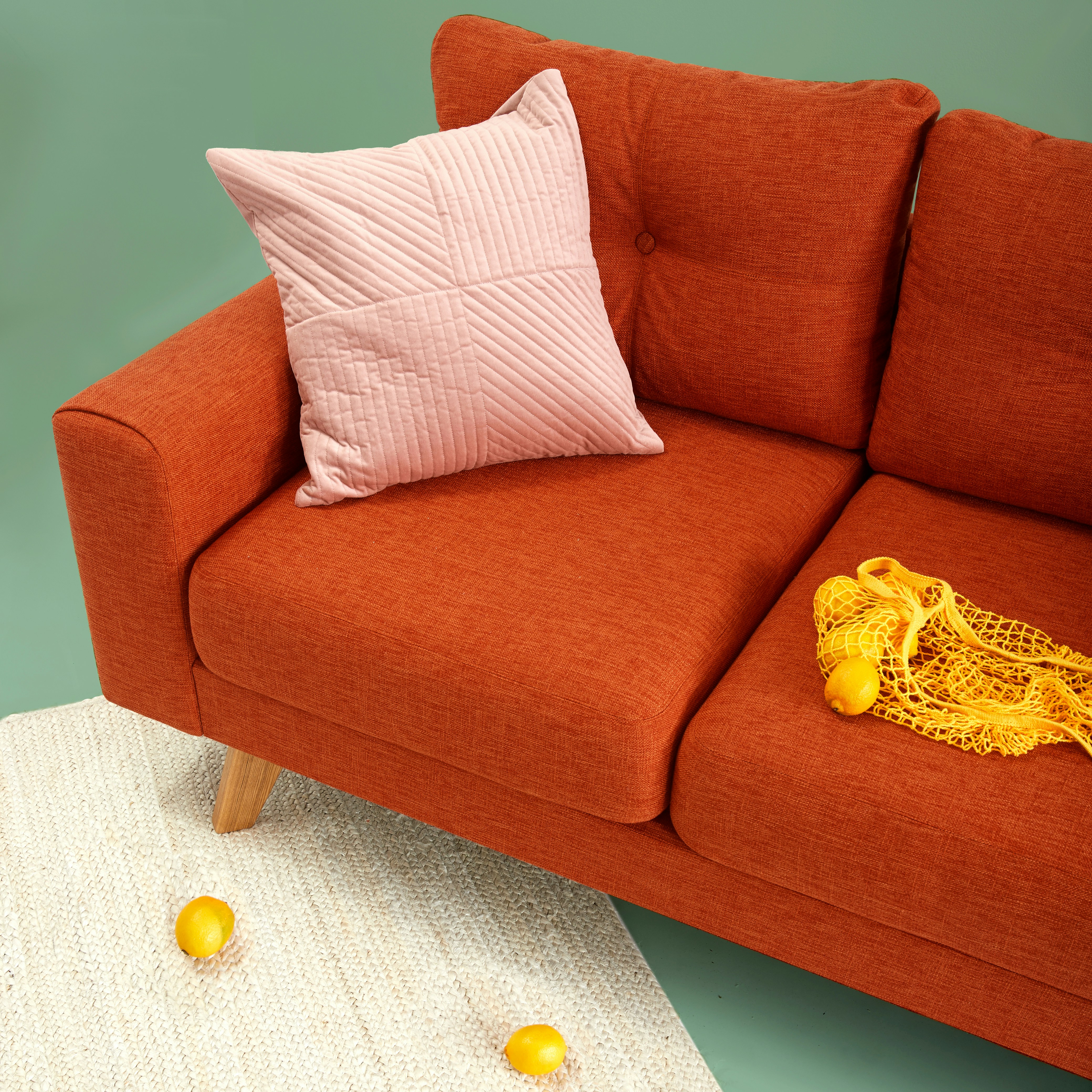
Bedroom Staging for a Serene Retreat
The bedroom should be staged as a serene retreat. This involves creating a calming and relaxing atmosphere.
Start by choosing a neutral color palette. This can create a sense of tranquility and restfulness.
Remember, a well-staged bedroom can help potential buyers envision a peaceful night’s sleep.

Kitchen Staging: Functionality and Cleanliness
The kitchen is often considered the heart of the home. It’s crucial to showcase its functionality and cleanliness.
Start by decluttering the countertops and organizing the cabinets. This can make the kitchen appear more spacious and functional.
Remember, a clean and well-organized kitchen can increase the appeal of your home.

Bathroom Staging: Creating a Spa-Like Atmosphere
The bathroom should be staged as a spa-like retreat. This involves creating a clean and relaxing atmosphere.
Start by decluttering the countertops and adding luxurious touches, like fluffy towels and candles.
Remember, a well-staged bathroom can help potential buyers envision a relaxing bath after a long day.
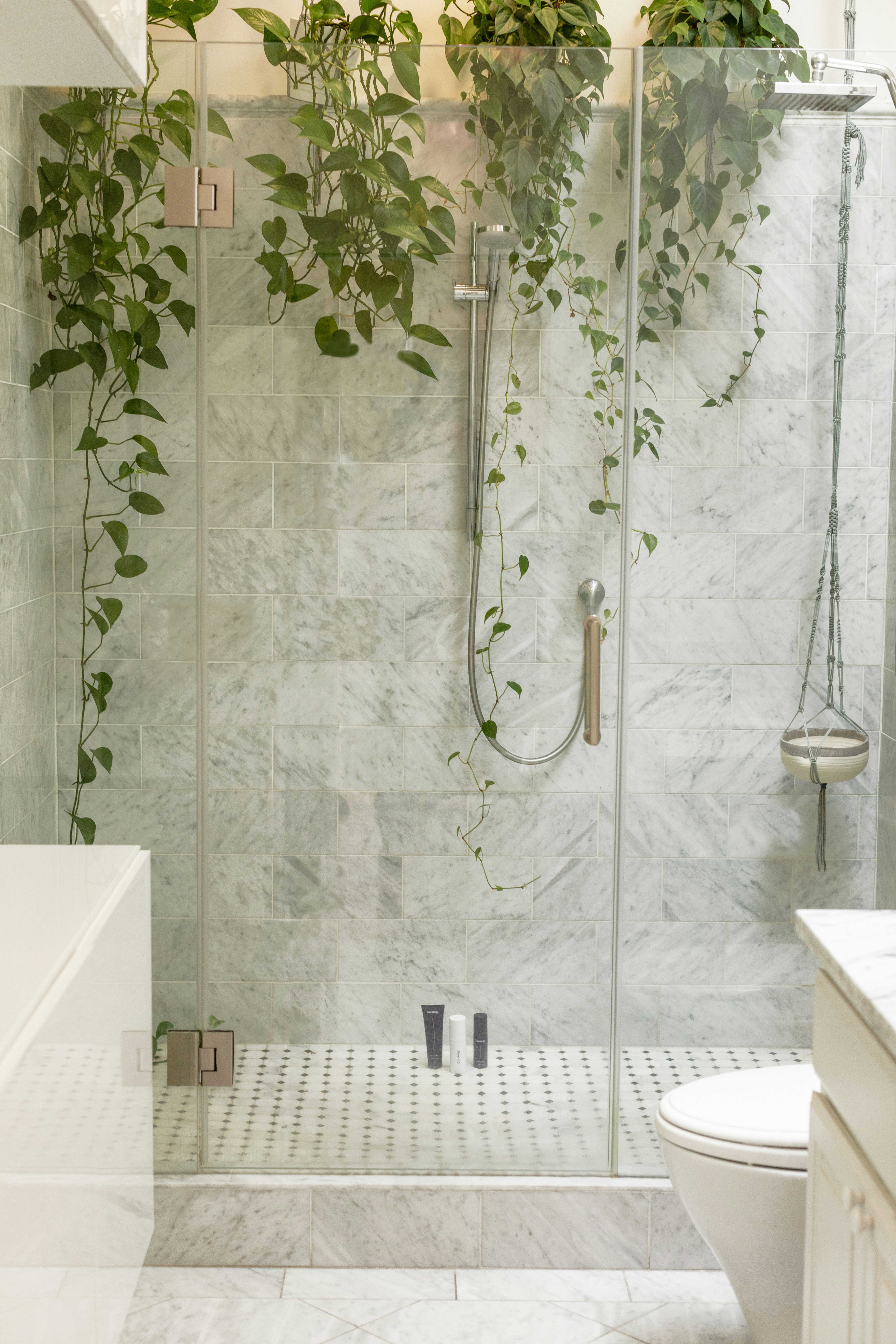
Enhancing Curb Appeal and Outdoor Spaces
The exterior of your home is the first thing potential buyers see. It’s crucial to make a good first impression.
Start by tidying up the yard and adding some colorful plants. This can enhance the curb appeal of your home.
Remember, a well-maintained exterior can attract more potential buyers and increase the value of your home.
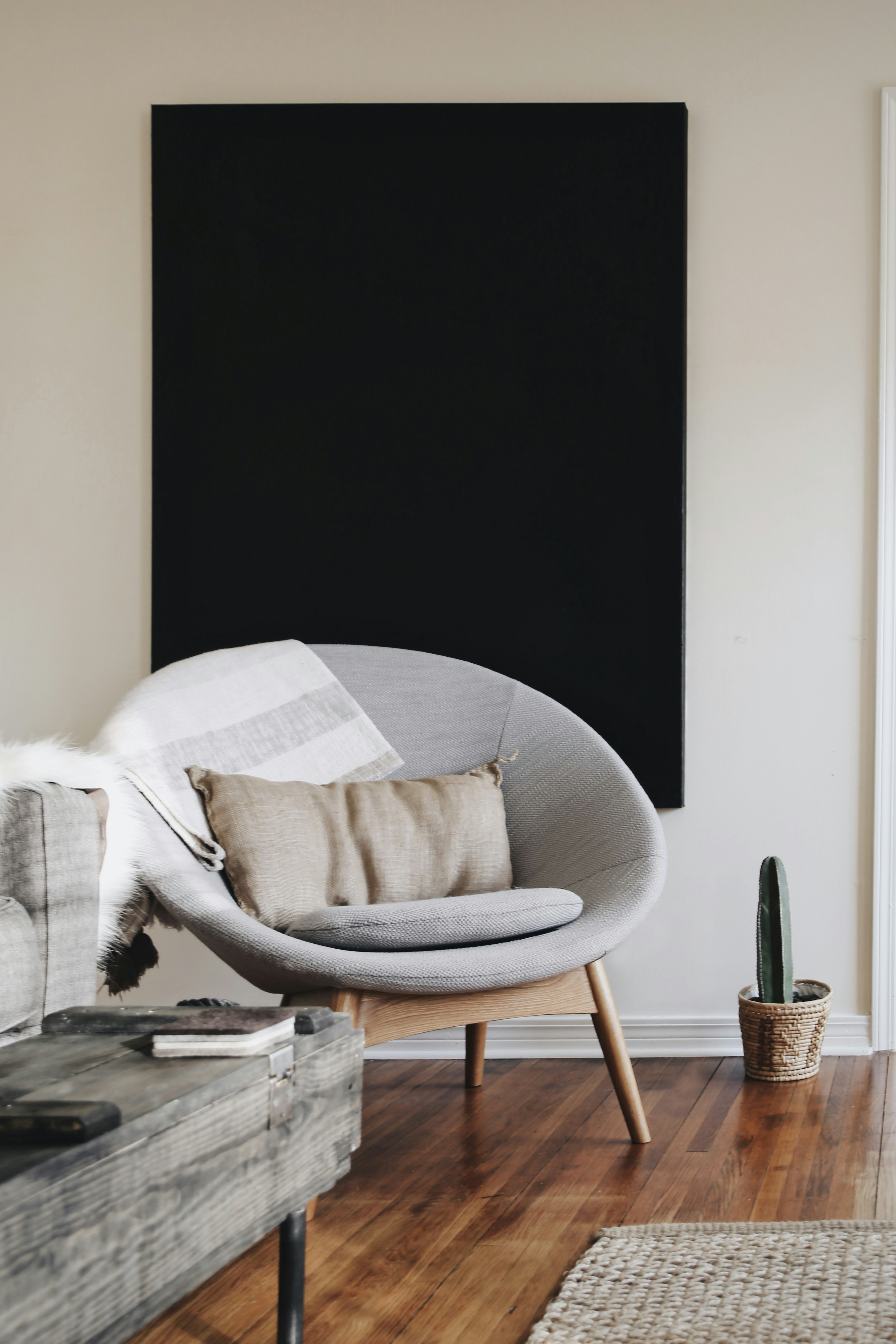
The Value of First Impressions: Entryway and Exterior
The entryway is the first part of your home that potential buyers see up close. It’s crucial to make it welcoming and inviting.
Start by adding a fresh coat of paint to the front door and cleaning the windows. This can make your home appear well-maintained and cared for.
Remember, a welcoming entryway can set the tone for the rest of the home viewing.

Staging in 2024: Incorporating Current Trends
Home staging trends evolve with time. It’s important to stay updated to appeal to modern buyers.
In 2024, the focus is on creating a home that is not only stylish but also functional. This includes incorporating elements of the latest home decor trends.
Remember, a well-staged home that reflects current trends can attract more potential buyers and increase the value of your home.
Trendy Decor Elements and Property Styling
Incorporating trendy decor elements can make your home more appealing. This includes using neutral colors, minimalist designs, and natural materials.
Also, consider incorporating elements of biophilic design. This design trend focuses on connecting the indoors with the natural world.
Remember, a well-styled home can create a positive impression on potential buyers and help your home sell quickly.
Sustainable and Smart Home Staging
Sustainability is a key trend in 2024. Consider incorporating eco-friendly elements into your home staging.
This could include using sustainable materials, energy-efficient appliances, and smart home technology.
Remember, a sustainable and smart home can appeal to environmentally conscious buyers and increase the value of your home.
Budget-Friendly Staging Tips
Staging your home doesn’t have to break the bank. With a few smart strategies, you can create an appealing space on a budget.
Consider these budget-friendly tips:
- Repurpose existing furniture and decor.
- Paint walls in neutral colors.
- Declutter and clean thoroughly.
- Use affordable accessories to update the look.
Remember, the goal is to create a space that potential buyers can envision as their own.
DIY Staging vs. Hiring a Professional
Deciding between DIY staging and hiring a professional depends on your budget and time.
DIY staging can save money, but it requires time and effort. You’ll need to research, plan, and execute the staging yourself.
On the other hand, hiring a professional stager can be more expensive, but they bring expertise and an objective eye. They can help you maximize the appeal of your home to potential buyers.
Affordable Staging Accessories and Fixes
Affordable accessories and fixes can make a big difference in home staging.
Consider updating fixtures and hardware, such as door knobs and cabinet handles. A fresh coat of paint can also make a room look new.
Use affordable accessories like throw pillows, rugs, and plants to add color and texture. These small changes can significantly enhance the appeal of your home.
Showcasing Your Staged Home
Once your home is staged, it’s time to showcase it to potential buyers. This is where your efforts in staging truly pay off.
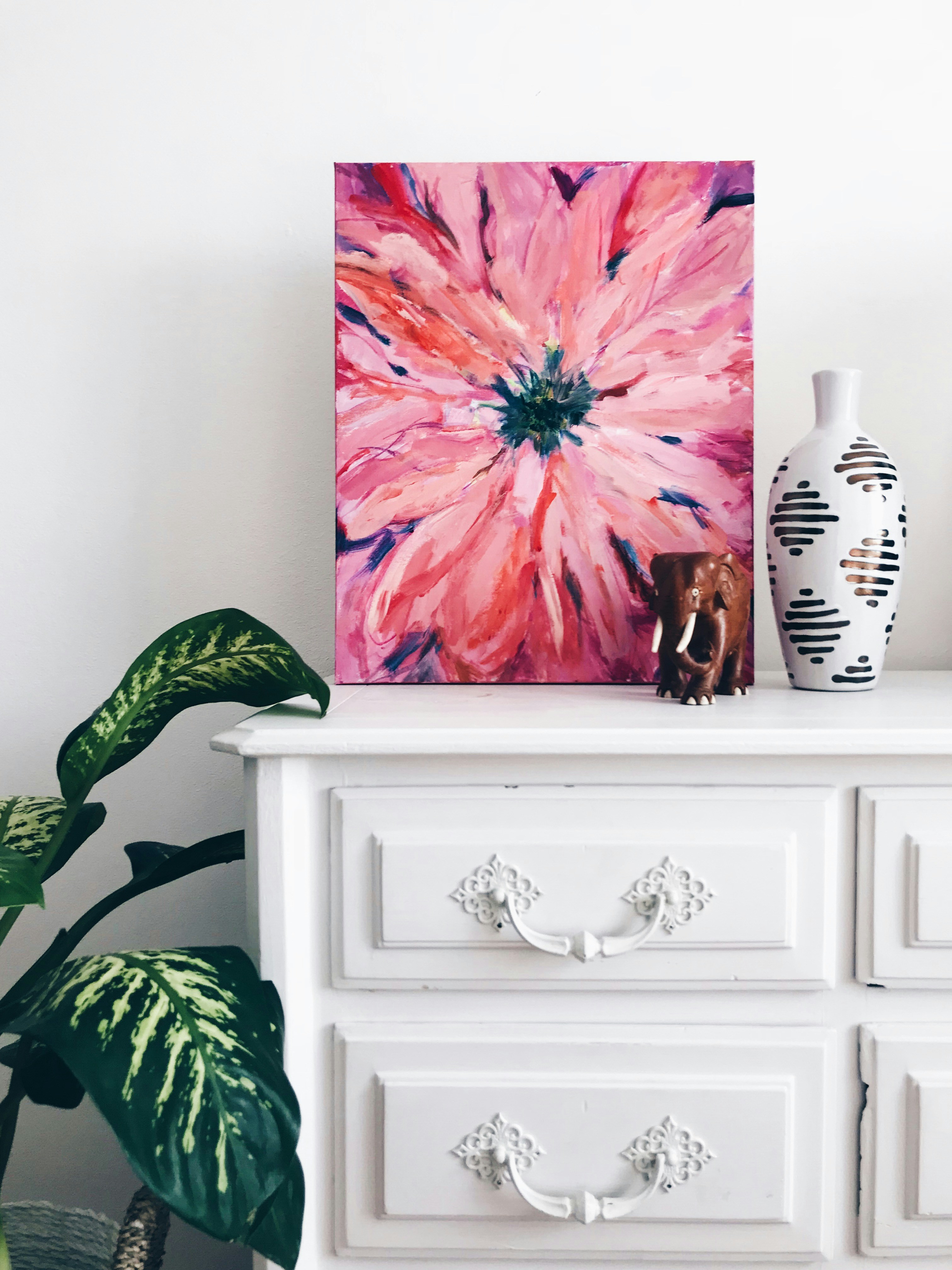
High-quality photos and virtual tours can highlight the best features of your home. They can make potential buyers want to see your home in person.
Remember, the goal is to make potential buyers feel at home. You want them to imagine themselves living in your space.
Photography Tips for Online Listings
Good photography is crucial for online listings. It’s often the first impression potential buyers have of your home.
Use natural light as much as possible. It makes your home look bright and inviting.
Capture the best features of each room. Highlight the focal points you’ve created through staging.
The Role of Open Houses and Private Showings
Open houses and private showings are opportunities to impress potential buyers in person. They allow buyers to experience your home firsthand.
Ensure your home is clean and tidy for each showing. Small details, like fresh flowers or a pleasant scent, can make a big difference.
Remember, the goal is to make potential buyers feel at home. You want them to imagine themselves living in your space.
Conclusion: The Final Touches Before Listing
Staging your home is a strategic move. It can significantly impact how quickly your home sells and the price it fetches.
Remember, the goal is to make your home appealing to the widest range of potential buyers. You want to highlight its best features and potential.
Staging Checklist and Measuring Effectiveness
Before listing, go through a staging checklist. Ensure every room is staged and photographed well.
After listing, measure the effectiveness of your staging efforts. Monitor how quickly your home sells and any feedback you receive. Use this information to make any necessary adjustments.
Additional Resources
For more information on home staging, consider the following resources. They offer in-depth guides, tips, and inspiration to help you stage your home effectively.
